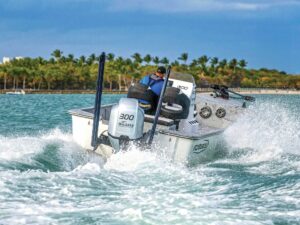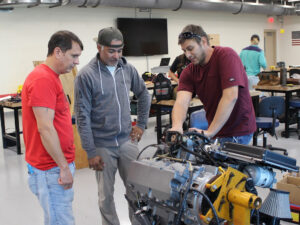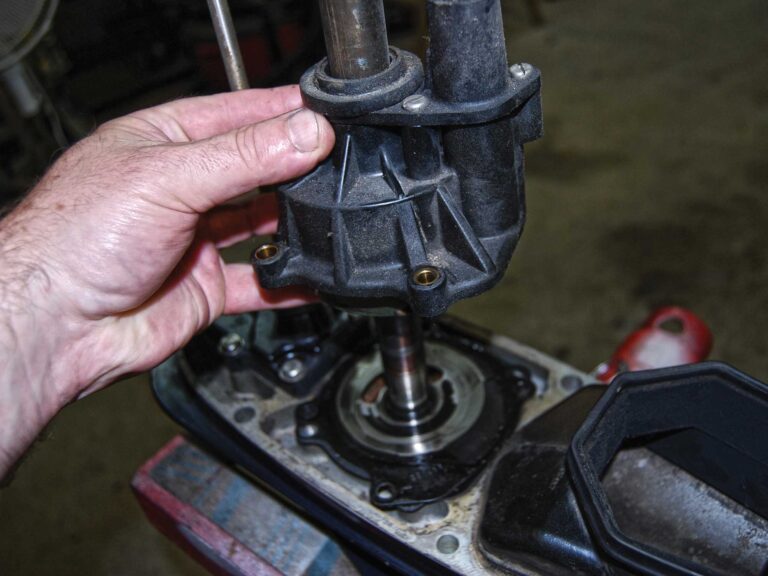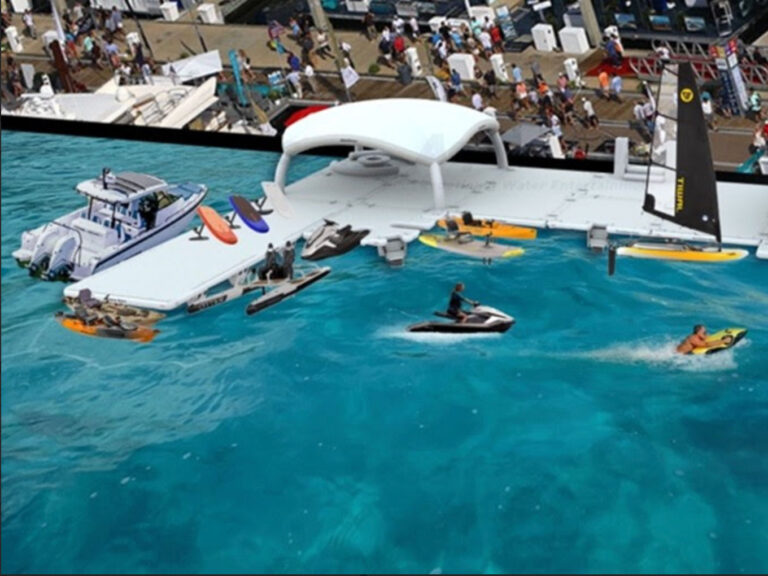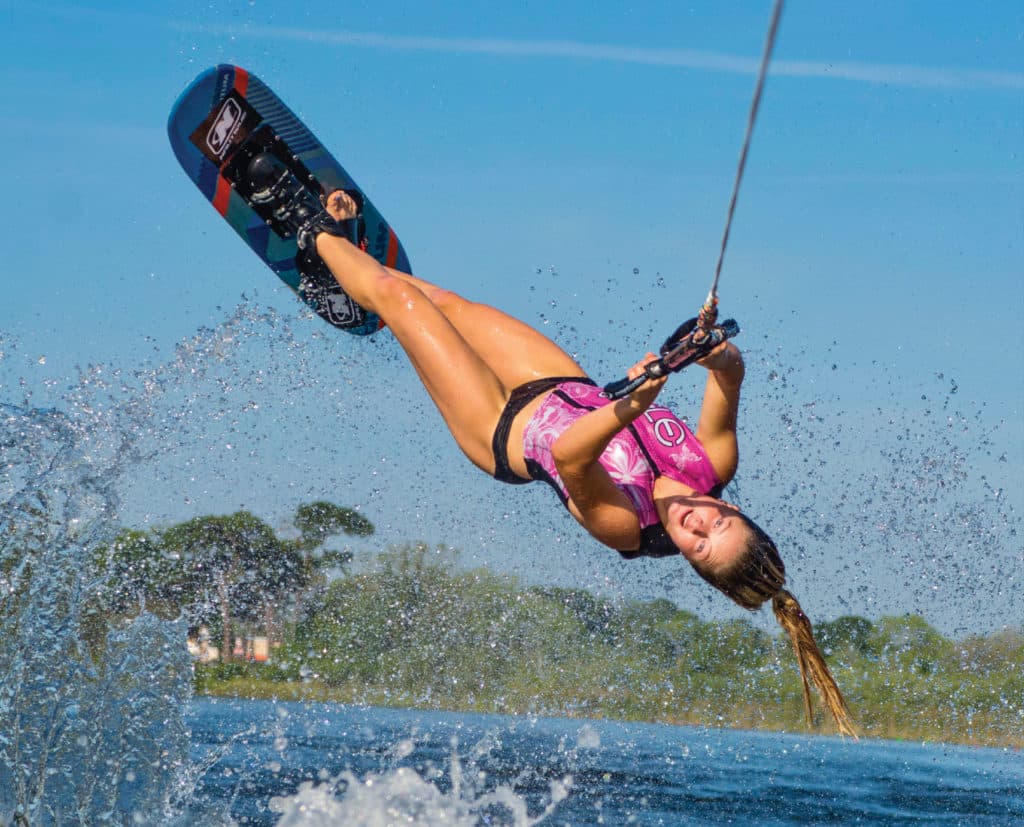
If you ask someone who can land inverts, they’ll tell you there’s nothing more exciting than landing a flip for the very first time. It’s the ultimate welcome into a world of possibilities.
Growing up in the south of Mexico, with posters of WaterSki magazine plastered on the walls, the first time I saw someone upside down in a photo was Canadian Kreg Llewellyn flipping around a 20-pound neon Skurfer back in the 1980s. But way before the sport of wakeboarding came on the scene with a multitude of inverts, there was trick skiing.
While the first inverts landed in history date back to the times of Cory Pickos and Sammy Duvall, in the sleepy town of Tequesquitengo, Mexico, a handful of trick skiers became obsessed trying to land flips.
One of them was 18-year-old Jorge Font, who landed the flip in his pass and made it into the finals at the 1987 World Waterski Championships in Thorpe Park, England. Inspired by Font, I learned the flip at the age of 15 and landed it at the 1987 Junior World Cup in Sherbrooke, Canada, becoming the first girl in the world to include a back flip in my pass. As fate would have it, there’d be a lot of flips coming my way with the birth of wakeboarding.
A few months after the Worlds at Thorpe Park, Font suffered a spinal-cord injury. Amazingly, he learned to sit-ski as a quadriplegic, and today he holds nine world titles.

Fast-forward to today, and instead of a couple of inverts, trick skiers flip around nonstop, landing a mind-blowing variety of inverts. Just ask Pablo Font, Jorge’s son, who won the Junior Masters Tricks Title at Callaway Gardens in Georgia.
“Our family has been skiing for three generations, starting from my Grandpa Jorge, who broke the tricks world record in 1962 and taught my dad, Jorge, and my uncle Sergio,” Pablo says. “My dad has been the world trick champion nine times in the World Disabled Waterski Championships, and my uncle Sergio has medaled multiple times at the Panamerican Games and is the senior world trick champion.”
Pablo is in good company.
“There are more than 20 skiers tricking over 10,000 points, skiers creating new, different flips, and new younger skiers showing impressive results,” he says. Most of these trailblazers are in their teens.
Pablo explains that these new giant leaps came about because of new technologies. Boats now allow skiers to set their speed and set the wave height using the ballast and trim systems. Also, there are more ski brands and different types of boots in either traditional rubber or new plastic ones that are similar to snow-skiing boots.
Read Next: The Art of Freeskiing
These advances have allowed skiers to gain a bigger margin of movement, achieve more air time than before, and execute with more balance and control.
“The beauty of this sport is that there’s always more to push for,” Pablo explains, “from landing a new trick, making it fit into your run, participating in future tournaments, and being able to compare and learn from others, no matter the age.”

